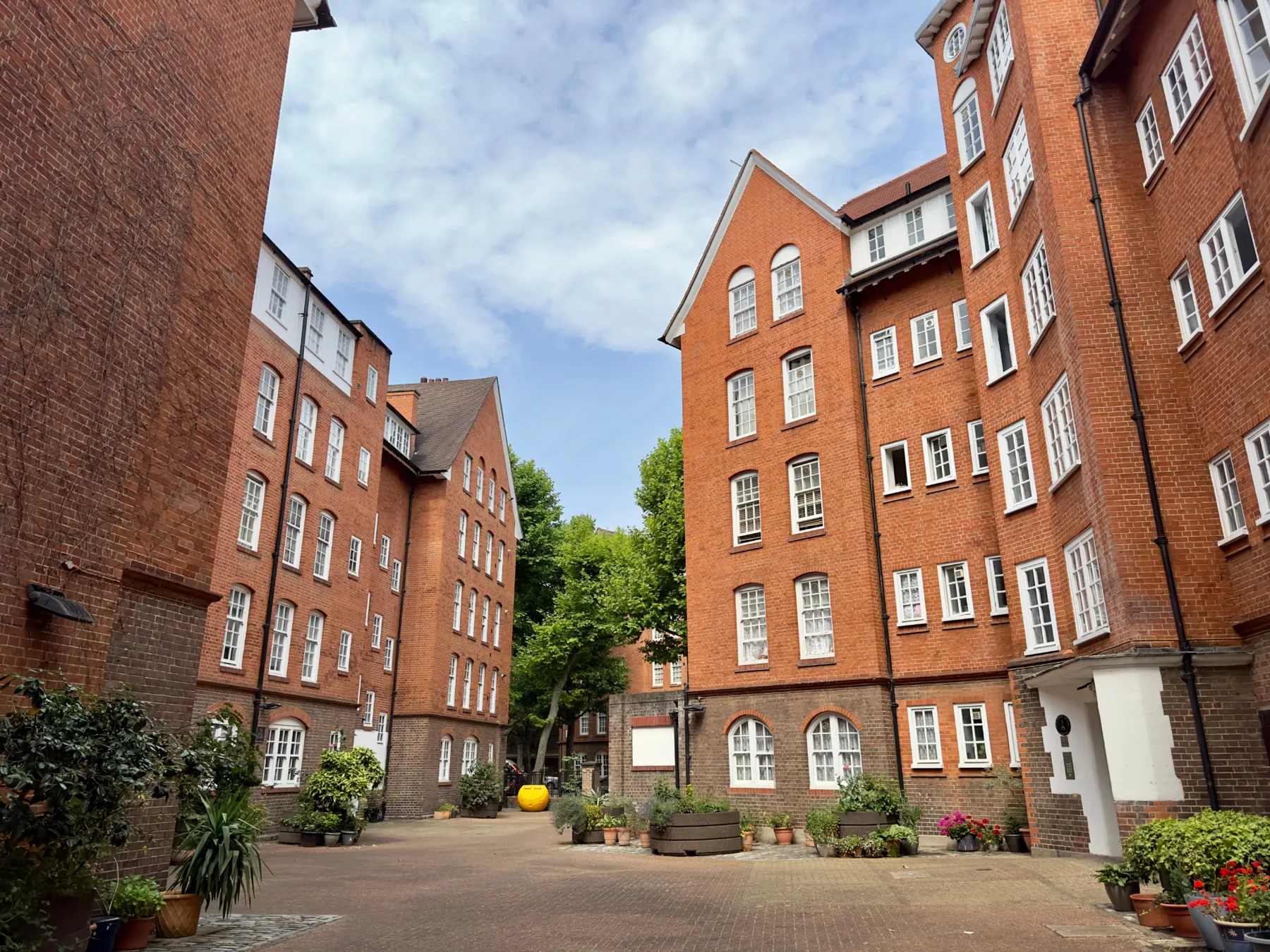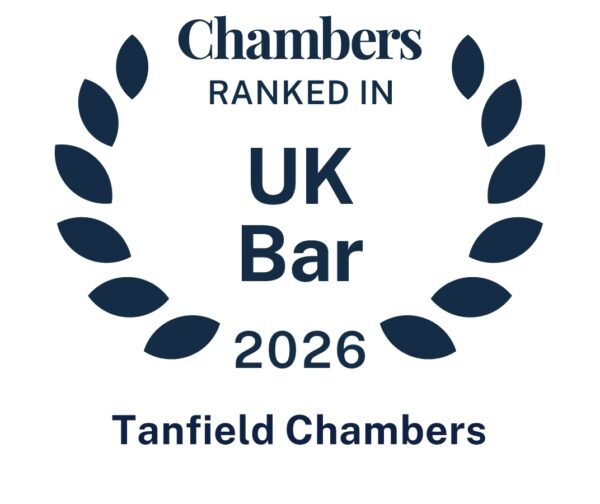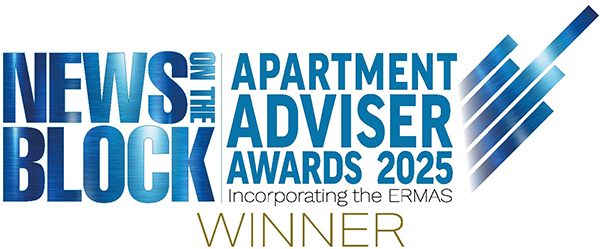In his formidable and scholarly judgment in Cooper and another v. Powell
Varying leases under s35 Landlord & Tenant Act 1987

Ceri Edmonds discusses applying to vary a lease under section 35 of the Landlord and Tenant Act 1987 and considers the decision in 56 Westbourne Terrace RTM Co Ltd v Polturak and others [2025] UKUT 88 (LC).
This article is concerned with lease variations under s.35 Landlord and Tenant Act 1987 (an application by a party to a lease for a variation of that lease). It does not discuss applications under s.36 (applications by a respondent to a s.35 application for an order varying other leases) or s.37 (applications by a majority of parties for variations of leases).
In the recent decision in 56 Westbourne Terrace [2025] UKUT 88 (LC), the Upper Tribunal reviewed the case law on lease variations under s.35 Landlord and Tenant Act 1987 (LTA 1987) and gave clear guidance on how the First-tier Tribunal (FTT) should approach such applications. This should be of particular assistance to Right to Manage (RTM) Companies.
The Upper Tribunal confirmed that the FTT has jurisdiction under LTA 1987 to vary a lease to introduce a costs-recovery clause that will enable a landlord (and, by extension, an RTM company) to recover from a defaulting lessee the costs of enforcement action for service charge arrears.
Section 35(2) LTA 1987 sets out the grounds for an application under s.35(1). In order for the Tribunal’s jurisdiction under s.35 to be triggered, the applicant must satisfy one of those grounds. As confirmed in 56 Westbourne Terrace, the relevant question is not whether the lease is workable as currently drafted, nor whether the proposed variations alter the original contractual bargain between the parties. Rather, as set out in s.35(2), the tribunal’s jurisdiction is triggered where a lease fails to make “satisfactory” provision in relation to the specified matters in ss.35(2)(a)-(f).
Section 35(2)(e) is engaged where a lease fails to make satisfactory provision in relation to the recovery of expenditure by one party to the lease for the benefit of another (or a number of people who include that other party). This includes the recovery of service charges. But it is not limited to service charges. For example, it would include a situation where there is a defective Jervis v Harris clause.
Section 35(3A) is an aid to interpretation of s.35(2)(e). It provides that a lease fails to make satisfactory provision for the recovery of service charges if it does not provide for an amount to be payable, by interest or otherwise, in respect of a failure to pay the service charge. Thus, the absence of an administration charge provision is a defect that can trigger the tribunal’s jurisdiction under s.35 to vary a lease.
Section 35 is a jurisdictional gateway for an application to vary a lease but does not circumscribe the variations that may be made when each ground is relied upon. Rather, s.35(1) allows a party to apply for an order varying the lease “in such manner as is specified in the application”. Section 38 further provides that if the grounds in s.35(2) are made out then the tribunal may make an order varying the lease in such manner as is specified in the order.
The Upper Tribunal in 56 Westbourne Terrace set out the approach the First Tier Tribunal should take in an application to vary a lease under s.35 Landlord and Tenant Act 1987.
The FTT should consider the following issues in turn:
- Firstly, is the applicant entitled to make the application? I.e. Is it a party to a long lease of a flat (for more than 21 years), or an RTM Company who can rely on the provisions in s.102 (1) and paragraph 10 of Schedule 7 to the Commonhold and Leasehold Reform Act 2002.
- Second, is one of the grounds in s.35(2) LTA 1987 made out? I.e., does the lease fail to make satisfactory provision in relation to one of the six matters in ss.35(2)(a) to (f)? These are: repair, insurance, installations, services, recovery of expenditure and computation of service charges. These are the jurisdictional gateways. If none of these grounds are made out then the FTT cannot make any order to vary the lease(s).
- Third, is the variation that the FTT is considering likely substantially to prejudice any person, where such prejudice could not be compensated by payment of a sum of money? This is set out in s.38(6)(a) LTA 1987. Substantial prejudice is not a bar to the exercise of the tribunal’s discretion if it can be compensated by a monetary award.
- Fourth, is there any other reason why is would not be reasonable to make the change in the circumstances (per s.38(6)(b))?
Where the proposed change relates to insurance, the FTT will also need to consider the matters set out in s.38(7).
If the application passes these hurdles, the FTT will retain a discretion as to whether to make the variation, although as the Upper Tribunal noted, the obvious conclusion is that the variation should be effected.
Many leases include a costs-recovery clause linked to service of a s.146 notice. However, without the cooperation of the freeholder these do not generally assist an RTM company, who does not have the right to forfeit a lease. This means that an RTM company – who by definition has no assets – may struggle to take enforcement action against a lessee who refuses to pay their service charges.
This decision in 56 Westbourne Terrace confirms that, where service charge arrears are preventing an RTM company from carrying out necessary repairs, one option is to apply to vary the leases to include provision for costs recovery, either through the administration charge or the service charge, or both. Where the requisite majority of leaseholders agree to the proposed change, an application under s.37 LTA 1987 may be the most straightforward route. But if this is not possible, an RTM company can consider an application under s.35.
This article first appeared in the Property Litigation Column in Practical Law in April 2025.
This content is provided free of charge for information purposes only. It does not constitute legal advice and should not be relied on as such. No responsibility for the accuracy and/or correctness of the information and commentary set out in the article, or for any consequences of relying on it, is assumed or accepted by any member of Tanfield or by Tanfield as a whole.






